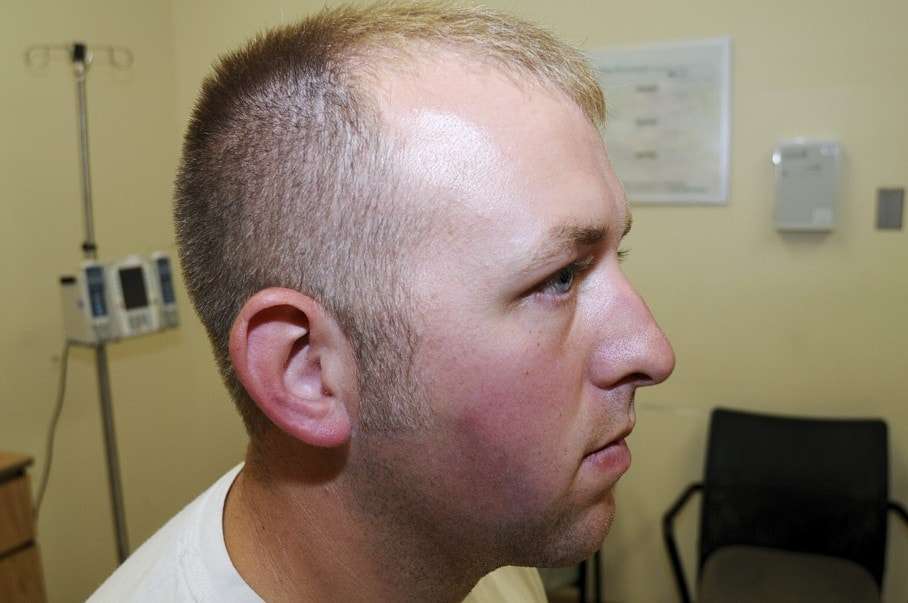The Volokh Conspiracy
Mostly law professors | Sometimes contrarian | Often libertarian | Always independent
Officer Darren Wilson cleared by the Justice Department

Today the Justice Department released a strong report essentially clearing Officer Darren Wilson of any wrongdoing in the shooting death of Michael Brown. You can read the full report here. The report reaches many of the same conclusions that I reached in my earlier posts on the case, including posts on Officer Wilson's testimony, the physical evidence, Witness 10′s testimony, Dorian Johnson's implausible story, and overlooked audio evidence. For example, I noted the audio evidence supported Wilson, and the DOJ report likewise concluded that the audio "recording is consistent with several credible witness accounts as well as Wilson's account, that he fired several volleys of shots, briefly pausing between each one." (p. 25)
Here is a key part of the conclusion of DOJ's report:
As discussed above, Darren Wilson has stated his intent in shooting Michael Brown was in response to a perceived deadly threat. The only possible basis for prosecuting Wilson under section 242 would therefore be if the government could prove that his account is not true - i.e., that Brown never assaulted Wilson at the SUV, never attempted to gain control of Wilson's gun, and thereafter clearly surrendered in a way that no reasonable officer could have failed to perceive. Given that Wilson's account is corroborated by physical evidence and that his perception of a threat posed by Brown is corroborated by other eyewitnesses, to include aspects of the testimony of Witness 101, there is no credible evidence that Wilson willfully shot Brown as he was attempting to surrender or was otherwise not posing a threat. Even if Wilson was mistaken in his interpretation of Brown's conduct, the fact that others interpreted that conduct the same way as Wilson precludes a determination that he acted with a bad purpose to disobey the law. (p. 86).
Hopefully this report will put to rest some of the outlandish claims that have been made about Michael Brown's death. For example, the report convincingly rebuts the "hands up, don't shoot" account:
[T]here are no witnesses who could testify credibly that Wilson shot Brown while Brown was clearly attempting to surrender. The accounts of the witnesses who have claimed that Brown raised his hands above his head to surrender and said "I don't have a gun," or "okay, okay, okay" are inconsistent with the physical evidence or can be challenged in other material ways, and thus cannot be relied upon to form the foundation of a federal prosecution. The two most prominent witnesses who have stated that Brown was shot with his hands up in surrender are Witness 101 and Witness 127, both of whom claim that Brown turned around with his hands raised in surrender, that he never reached for his waistband, that he never moved forward toward Wilson after turning to face him with his hands up, and that he fell to the ground with his hands raised. These and other aspects of their statements are contradicted by the physical evidence. (p. 83)
Concluding that Officer Wilson responded properly is, of course, not to say that the Ferguson Police Department is beyond reproach. Another Justice Department report (released essentially simultaneously) makes clear that the Ferguson Police Department has much to explain. But it is to say that Officer Wilson did nothing wrong when he defended himself against Michael Brown's attack. The "hands up, don't shoot" tall tale lacks even a shred of credible evidence to support it.
Show Comments (0)